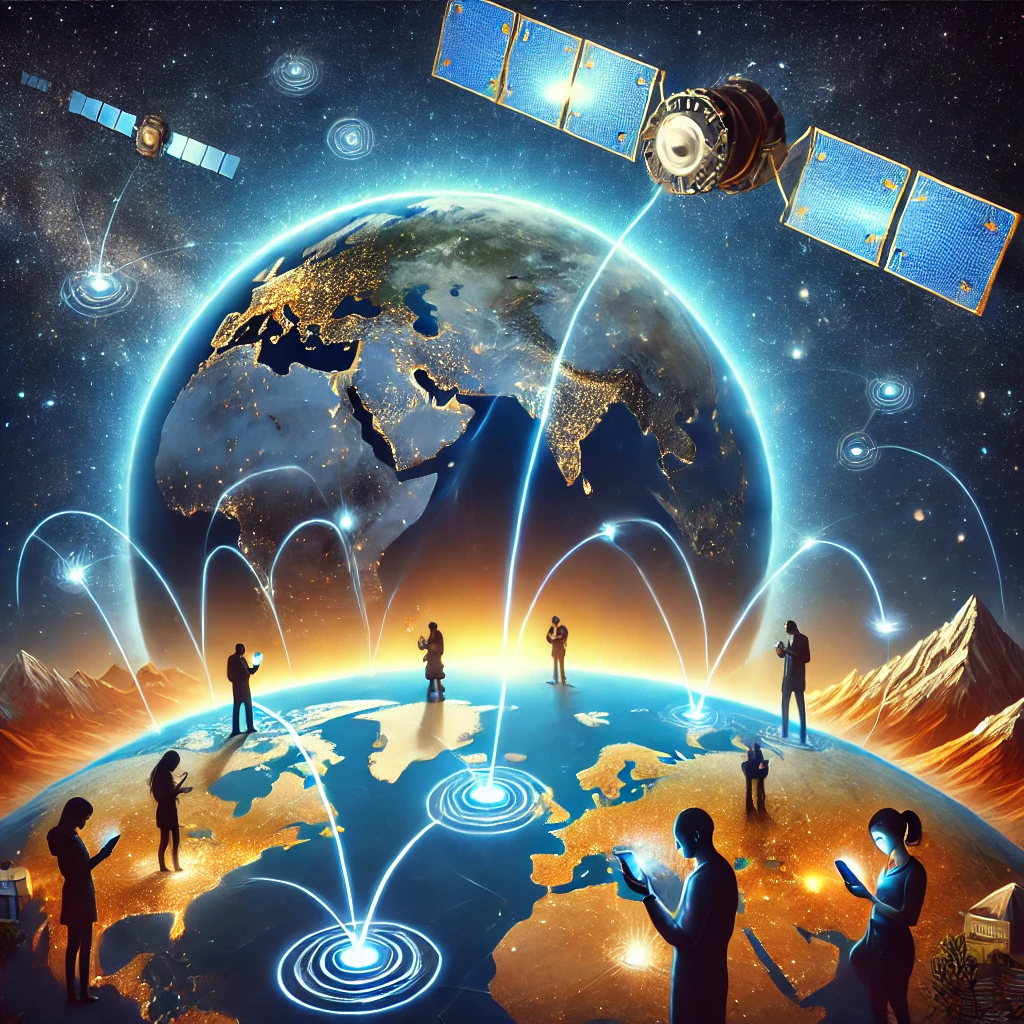In a groundbreaking achievement, SpaceX’s Starlink has completed its first constellation of satellites designed to provide direct connectivity to unmodified cellphones. This milestone marks a significant leap forward in global telecommunications, especially for remote and underserved areas.
The new constellation enables cellphones to connect to the internet in areas previously lacking traditional cell tower infrastructure. This is especially crucial for emergency services, remote workers, and communities in developing regions. Unlike traditional satellite phones, users don’t need specialized hardware. Regular smartphones can connect directly to the network without modifications, making the service more accessible and cost-effective.
Each satellite beam delivers approximately 10 Mbps. While this bandwidth is limited compared to terrestrial networks, it is sufficient for essential communication tasks like messaging, emails, and light web browsing.
SpaceX plans to enhance future generations of Starlink satellites with improved technology, significantly increasing bandwidth and capacity per beam. The current system serves as a foundation, with plans for expanded constellations to support more users and advanced applications, including high-definition video streaming and low-latency communication. This technology could revolutionize disaster response, ensuring that affected areas remain connected even when traditional infrastructure is compromised.
Expanding this system globally will require navigating complex international regulatory landscapes and securing spectrum rights in various regions. Building and maintaining such a network at scale demands substantial ongoing investment.
This achievement showcases the possibilities of integrating satellite technology with everyday devices, narrowing the digital divide and unlocking connectivity for billions. As SpaceX refines and expands the system, the dream of truly ubiquitous, global internet access inches closer to reality.
